How to Run Faster: Boost Your Speed and Reach New Personal Bests
Learn everything you need to know to run faster, boost your speed, and crush new personal bests.
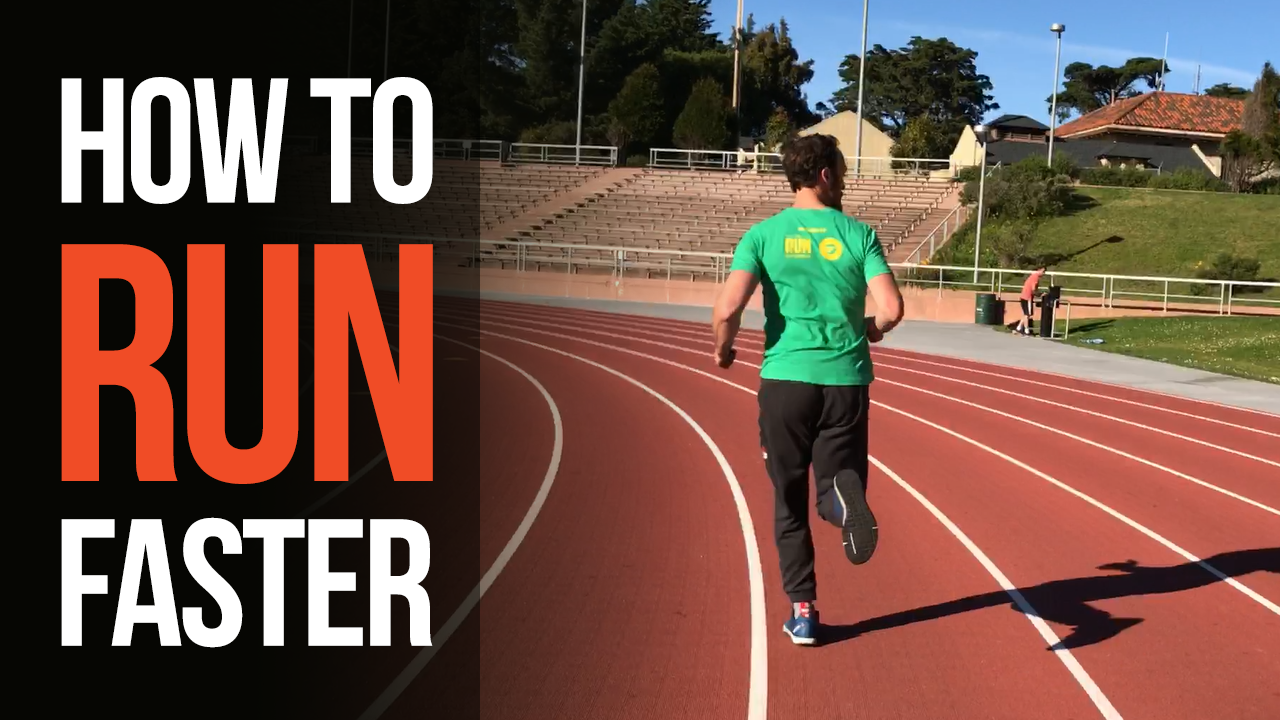
We’ve all been there before: your legs turn to lead, your lungs are burning, your heart is pounding and it feels like there is no physical way that your body can run any faster. When you cross the line and check your watch, you are disappointed with your time.
So how could you possibly run any faster? With the proper warm up, form drills, speed-specific workouts, strength and mobility work, recovery, and mental tactics you can increase your speed and reach new personal bests.
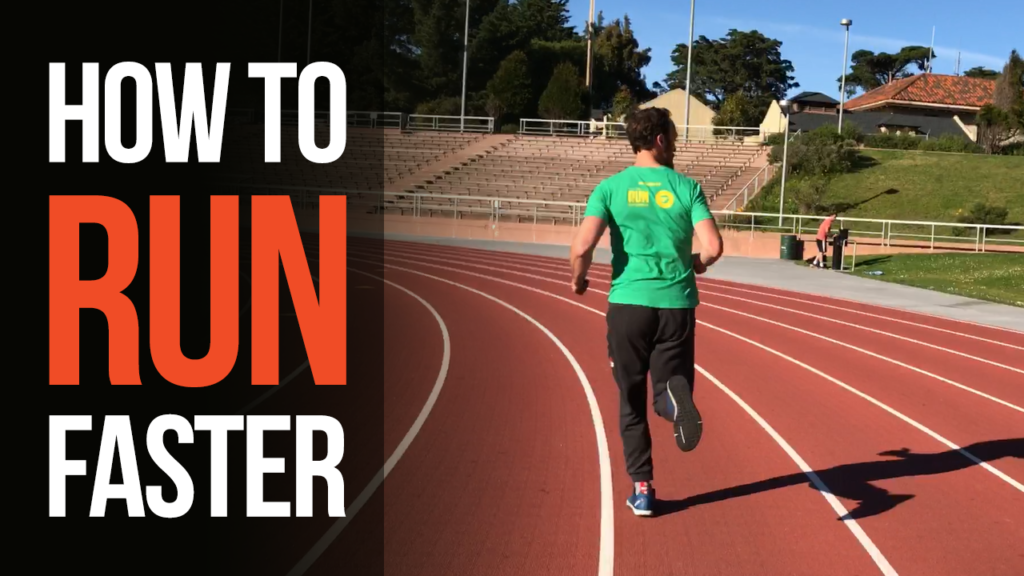
Why is it so difficult to run fast?
When you push your body to its limit, it reacts physiologically in defense response to the discomfort of running fast. These reactions can come in the form of oxygen deficit, inefficient muscle-fiber recruitment, a build-up of lactic acid, a feeling that your legs are on fire (!!!) and effort overload for your brain.
Though these are natural reactions for your body, there are ways to train the body and mind to handle the discomfort of reaching new speeds and adapting to harder efforts.
So, what can you do to run faster?
Improving your speed is not as simple as just running faster. There are many small changes that can be implemented into your training to run faster.
Warm Up to Run Faster
As with any run or hard effort, your body needs to warm up before asking it to run faster. There is a reason that the first rep of interval workouts sometimes feels the most difficult, and that is that your body needs to adapt to the increased effort by delivering more oxygen to your muscles.
With the proper warm-up, all of your muscles will be firing and ready to work on some faster running. If it takes you 10-15 minutes to feel loose and ready to go at the beginning of your workout, you most likely need to put in a little more prep work before your big effort. But if you do take the time to warm up before your run you’ll be that much more prepared for your workout.
Here’s How to Warm Up Before a Run
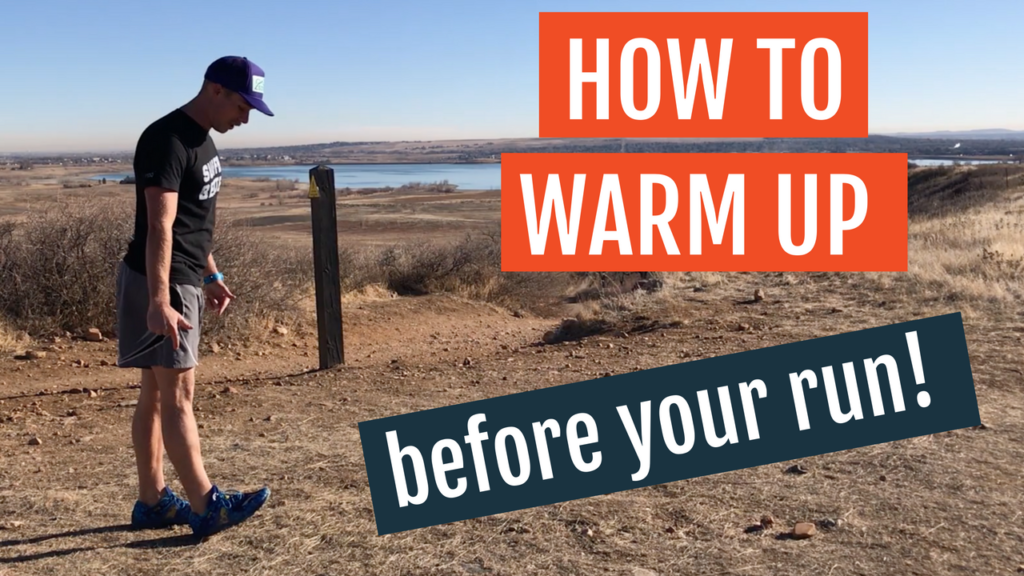
- Jog easy for 5-10 minutes
- Warm up hips and hamstrings:
- Air Squats
- Leg Swings
- Lower Legs:
- Toe Walks
- Ankle Walk
- Inside of the foot walk
- Feet turned out walk
- Pigeon toe walk
- Hop on each foot
- Speed Work:
- 4x 60-meter stride-outs
Nail Your Form with Pre-Run Drills and Strides
Running at top speed requires a full-body effort. When your body gets tired, your form begins to fall apart, making your stride less efficient and slowing you down. Focusing on running with proper form will help you run faster and also prevent injury.
Proper running form goes all the way from your head to your toes. Your body should be aligned and your posture should be tall for an efficient stride. Your hips and shoulders should be working in conjunction to help you relax and allow all other parts to fall into place.
An engaged core, forward hips, and tall shoulders increase the ability of your legs to produce power from the glutes and hamstrings and allow for a driving arm swing.
Once your body is aligned and activated, running faster will be easier and less likely to cause injury. Incorporate these running form drills into a warm up or during a stride-out session.
Strength Equals Speed
Let’s say your mileage is increasing and you are running every day, but you aren’t getting any faster. To be a faster runner, you need to do more than just run. Strength training is an often overlooked, yet critical component of any runner’s regiment. Having a strong core, strong glutes, mobile joints and overall body strength will improve your overall athleticism and lead to faster running.
So, How Can You Get Stronger to Run Faster?
Strength training goes well beyond heavy lifting or squatting a loaded barbell. By focusing your strength work on mobility and total body strength you can get stronger to run faster without putting on unnecessary body weight.
Jumping: Speed requires power. Jump Science research has shown that practicing jumping’ can positively affect overall athleticism and speed. Two great jumping exercises for gaining power are squat jumping and broad jumping. Squat jumps increase power in the hips, while broad jumps stabilize the feet, knees, and hips for forward motion.
Core: Strengthing your core will improve your form and posture, in turn opening up your lungs for more efficient breathing and faster running. The core is the center of gravity for your body. Runners often let their core slouch or twist when tired, which is why a strong core is essential when learning how to running faster.
Glute Strength: The glutes drive your stride and hold the power needed for speed. By targeting the glutes and working on making them stronger, you will prevent injuries and feel more efficient and powerful when running. Squats, step-ups, box jumps, burpees, and banded clamshells all work your glutes and will get them firing for your next speed session.
Workouts to Get You Running Faster
Incorporate these 5 speed-specific tune-ups into your training to improve speed.
- Find Your Speed: include stride outs 1-2 times per week. Start out easy and gradually speed up to reach your maximum sprinting speed. These should take about 10-20 seconds each.
- Get Comfortable Running Faster with Fartleks: try a fartlek style workout with 10 x 30-60 second efforts at 80-90% effort with a 1-2 min recovery at a 40% effort. Keep your heart rate going throughout the whole workout by continuing to move during your recovery.
- Tempo to maintain a faster pace: tempo run at a sustained 60-80% effort that you could hold for 6-8 miles-minutes for 20-30 minutes. This run should be comfortably hard, but not a sprint. Tempo runs are great prep for mentally being able to handle a pace that is not quite comfortable for a long period of time.
- Mix it up with intervals: vary time and speed with interval workouts to get comfortable shifting pace and maintaining a faster speed. Ladder format interval workouts are a fun way to play with speed. These can be done using distance on a track or time on a road. Keep a consistent rest of 1-minute slow jog or walk in between incrementally increasing speed intervals. Build up the ladder and then come back down.
- Power through Hill Sprints: run easy 20-30 minutes to warm up. Find a hill with about a 5% grade to run 4 rounds of 15-second hill sprints. Hill sprints are a great way to work on speed with a lower impact. Stay tall as you go up the hill, keep your cadence up, and use your arms to drive.
Recovery and Maintenance are Key
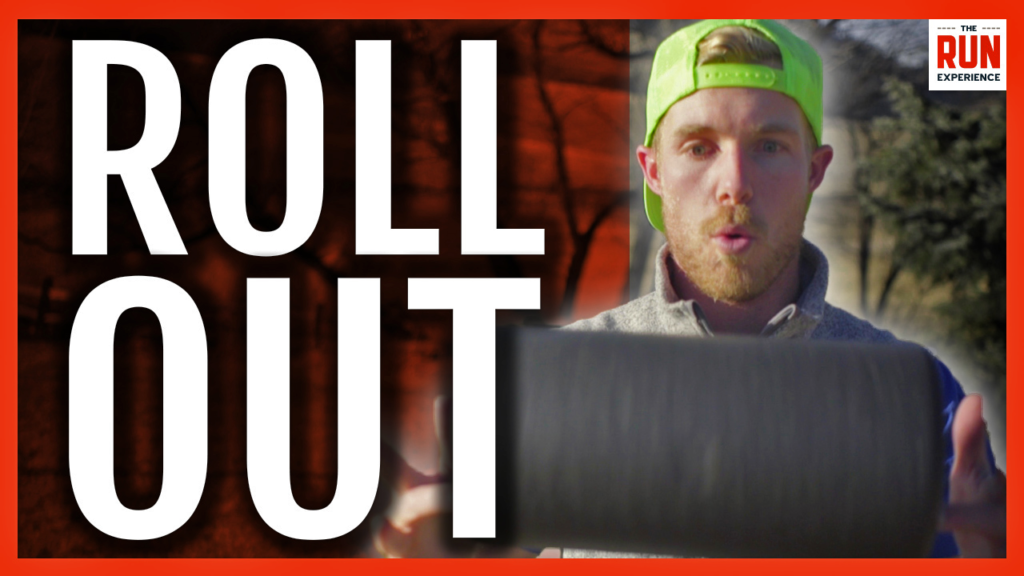
To run at top speed, your body needs to be loose. Rolling out on a foam roller and stretching each muscle daily will prevent soreness and injury.
Focus on opening up your hips to allow for increased stride length. Speed is a combination of stride length x stride rate, so by opening up the hips, you are more capable of reaching top speed.
As always, sleep, hydration, and nutrition all play a role in keeping your body happy, healthy and primed to improve running speed.
Sharpen Your Mental Game to Sharpen Your Speed
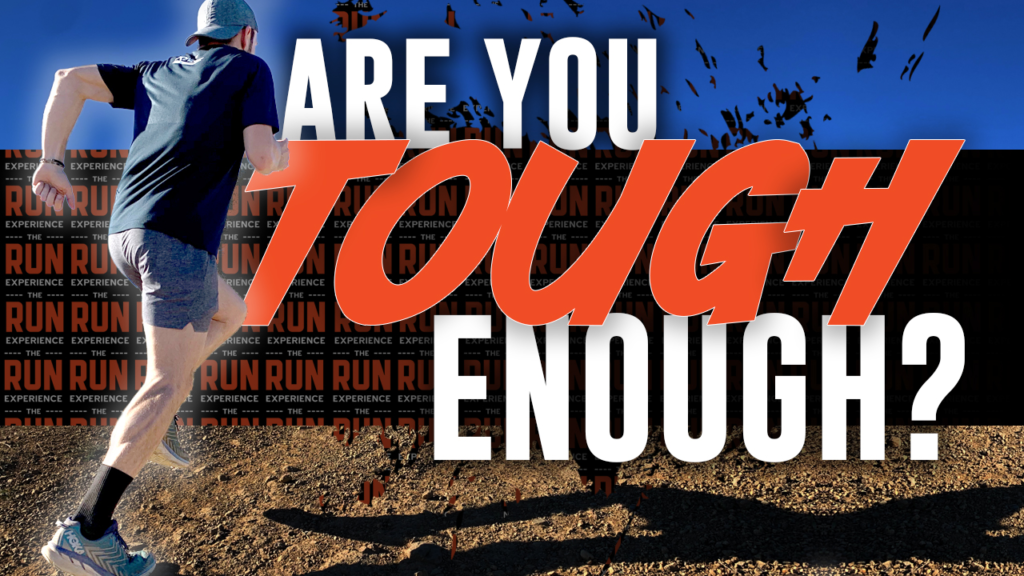
Mental toughness plays a big role in running at speeds that are uncomfortable. When your legs feel heavy and the pace is uncomfortable it is easy to let negative thoughts creep in. Doubting your ability and wanting to back off the pace is tempting, but you often have more in the tank than you think and can run faster than you think possible.
Just as you need to build your physical strength to run faster, you also need to build mental strength. Mental toughness can be developed through the workouts and long runs in your training. Use these higher intensity runs as an opportunity to train your mind to learn how to run faster.
